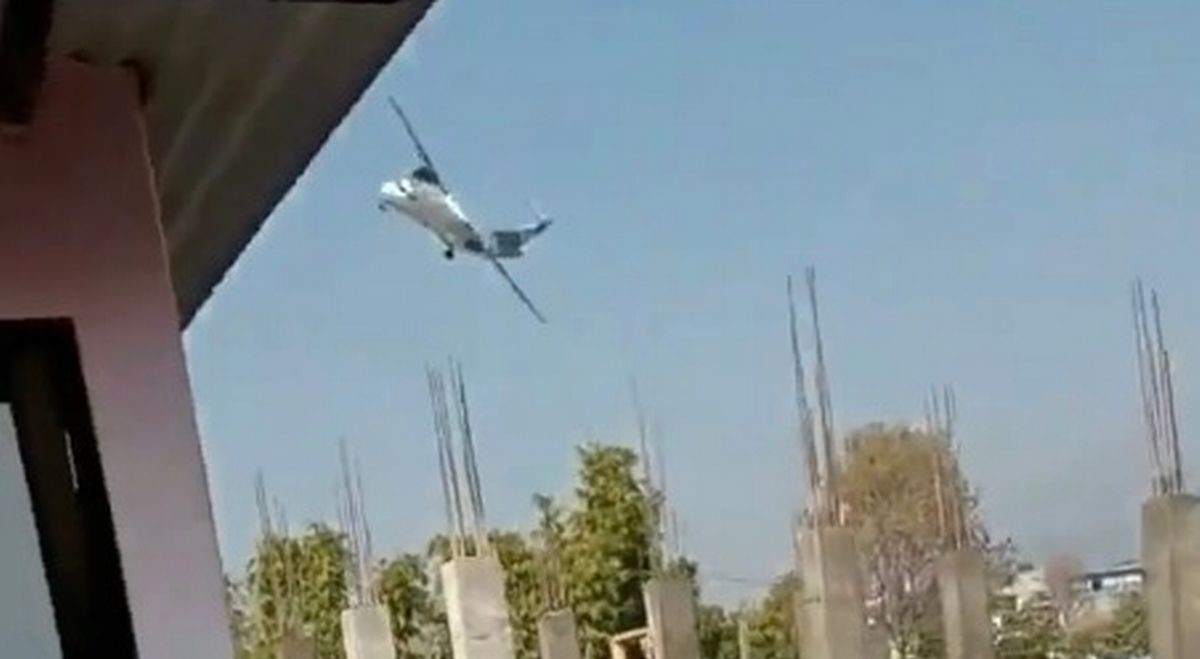Typically, a plane’s black box is the first concrete evidence for information regarding the cause of a crash.
However, yesterday’s crash of the twin-engine ATR 72 is unique due to the large amount of footage available from local residents filming the incident as it occurred. This provides early evidence into the possible cause, or causes, that led to the flight’s tragic end.
Diwas Bohera witnessed and recorded the plane from the ground as it flew near his home in Pokhara, a tourist city in central Nepal.
Initially he thought it was making a standard approach towards a nearby airport. Seconds later it crashed
“The plane suddenly tilts, just like a fighter plane tilts to dodge a missile,” Bohera has said.
“I saw that and I was shocked that it’s surely going to come towards our homes.”
His footage on social media has since been spread widely on news media.
Khum Bahadur Chhetri, another resident who also witnessed the crash, told Reuters, “I saw the plane trembling, moving left and right, and then suddenly it nosedived and it went into the gorge.”
One passenger was live-streaming on Facebook prior to the Nepal plane crash.
The weather appeared clear and flight smooth until passengers begin screaming and the plane begins to shake loudly.

“It appears to be an aerodynamic stall. In the vision you see the nose of the aircraft is a little bit high. It’s going very slowly even though it’s on approach, and it appears as though the lift has collapsed off the wing and it has dived into the ground. A terrible, terrible tragedy but almost certainly an aerodynamic stall.”
While he could not be certain he suggested it could be a combination of pilot error and mechanical error, as recovering from a stall is a fundamental knowledge for pilots.
“It’s fixed very simply by pushing the nose down to gain airspeed. So that’s a fundamental of flying for a pilot to be able to recover from a stall situation.
“When an aircraft is getting into a stall it starts to shake and vibrate, and there’s various warnings.”
Strategic Aviation Solutions aviation consultant Neil Hansford spoke to the ABC, providing similar opinions.
He said, “I think this one is going to get down to what’s called a stall.
“[The pilot had] been coming in too slow.
“As soon as you bank to the left, then obviously you lose all the wind lift and it goes down like a stone.
“Once you get into a stall at low altitude and low speed, there’s generally only one consequence.”
At the time of the interview, he believed human error was the cause of the Nepal plane crash.
“When you’re at low speed, you don’t start making heavily banked turns,” he said.
“I think [the pilot’s] level of competence had been reached.”
The black box was recovered earlier today, with the cause of the crash will be likely to be confirmed after it has been analysed.






